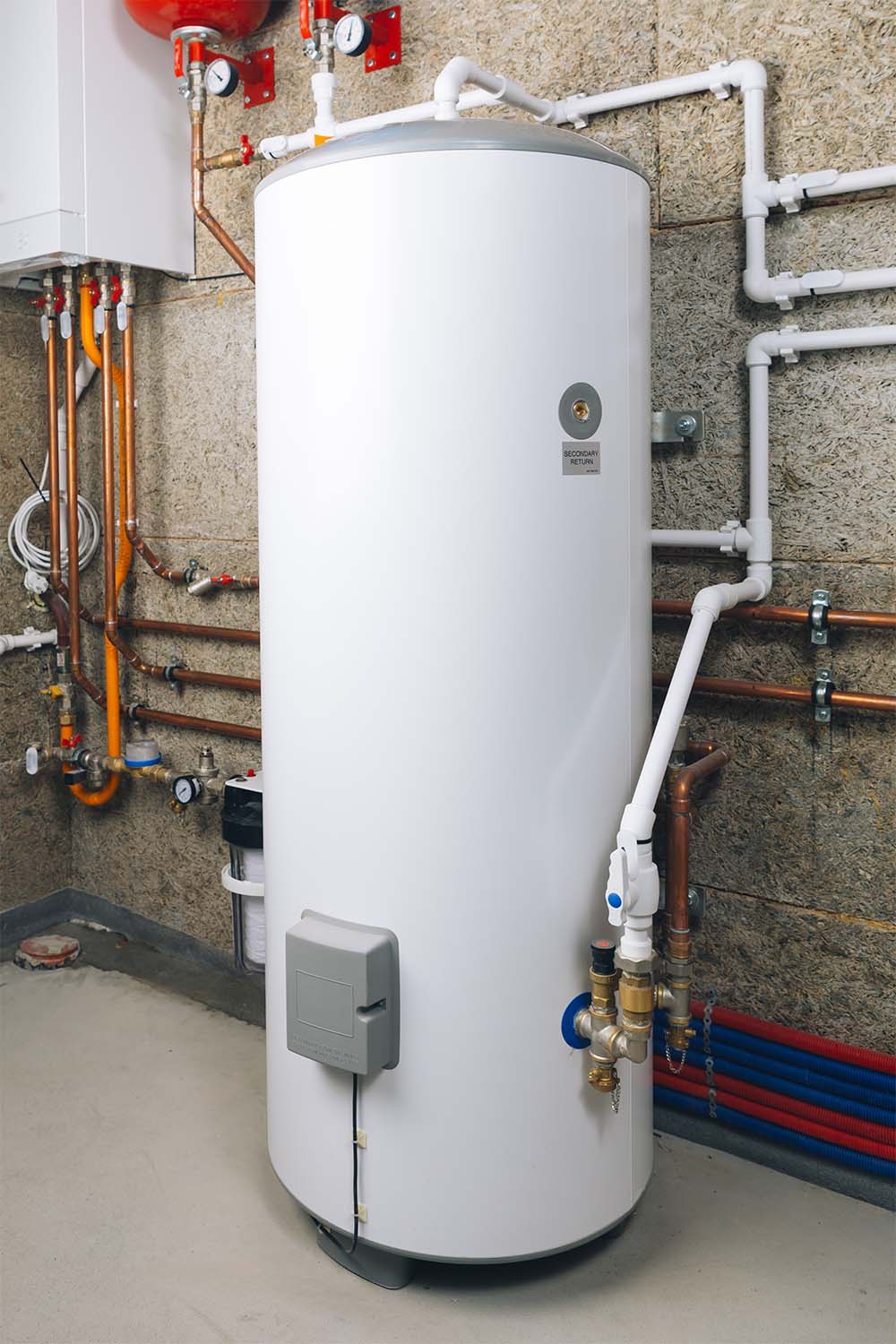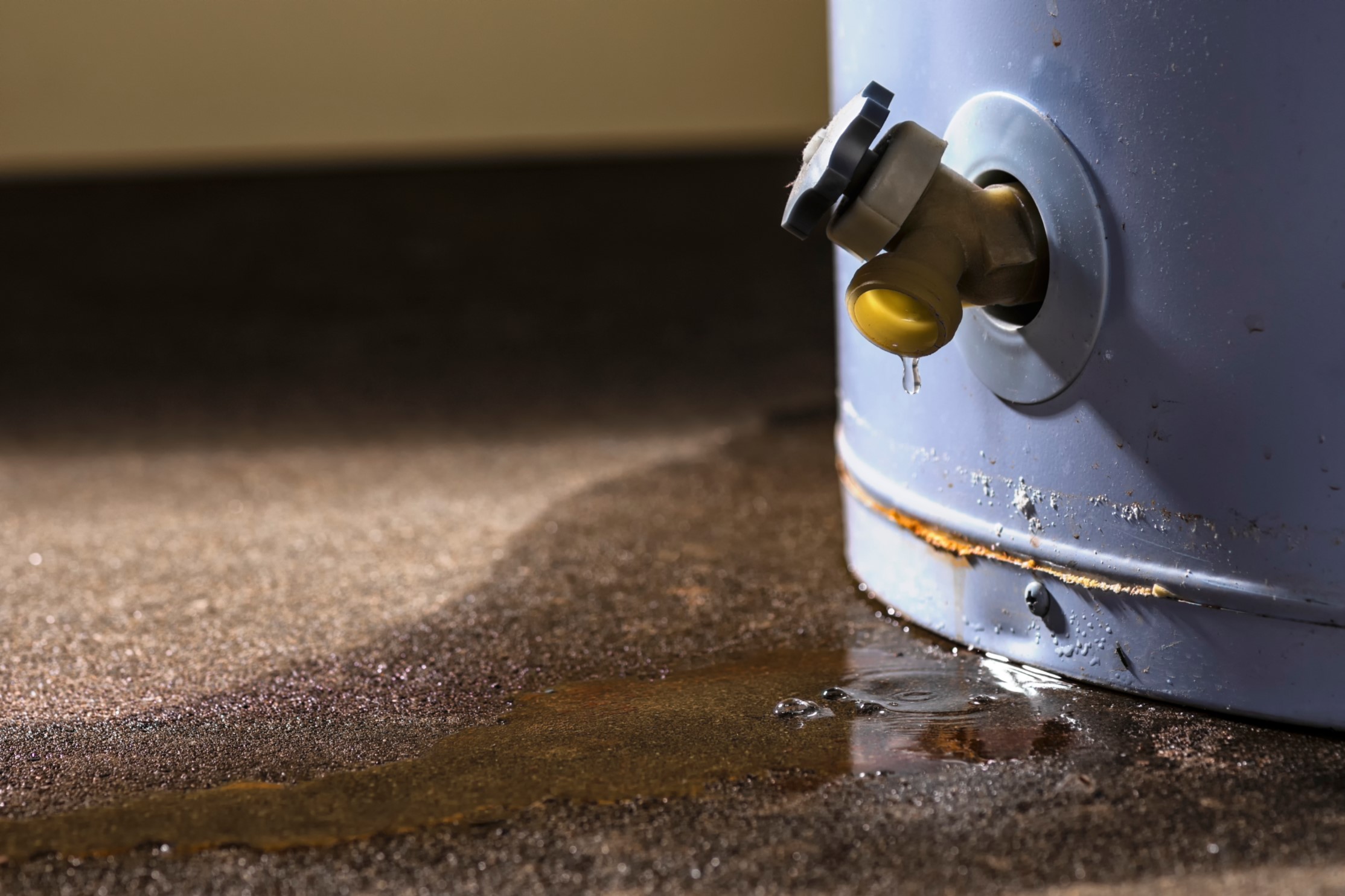Step-by-Step Guide to Caring for Your Home's Hot Water System
Step-by-Step Guide to Caring for Your Home's Hot Water System
Blog Article
We've unearthed this article involving What Kind of Maintenance Do Water Heaters Need? listed below on the net and reckoned it made good sense to talk about it with you in this article.

Warm water is crucial for day-to-day convenience, whether it's for a rejuvenating shower or washing dishes. To ensure your warm water system runs effectively and lasts longer, normal upkeep is crucial. This short article provides practical pointers and understandings on exactly how to preserve your home's warm water system to stay clear of disturbances and pricey repairs.
Introduction
Maintaining your home's hot water system may seem complicated, yet with a couple of straightforward actions, you can guarantee it runs efficiently for several years to find. This overview covers every little thing from recognizing your hot water system to DIY maintenance suggestions and knowing when to hire expert help.
Significance of Keeping Your Hot Water System
Routine upkeep not just extends the life expectancy of your warm water system but also guarantees it operates successfully. Overlooking upkeep can bring about decreased effectiveness, greater energy bills, and even premature failure of the system.
Indications Your Hot Water System Requirements Maintenance
Understanding when your hot water system needs interest can avoid major issues. Watch out for indicators such as inconsistent water temperature, weird noises from the heating unit, or corroded water.
Purging the Water Heater
Flushing your water heater removes sediment accumulation, enhancing effectiveness and lengthening its life.
Monitoring and Changing Anode Rods
Anode rods stop rust inside the storage tank. Examining and replacing them when worn out is crucial.
Complex Concerns Calling For Specialist Help
Instances consist of major leaks, electrical troubles, or if your hot water heater is constantly underperforming.
Routine Professional Maintenance Conveniences
Specialist upkeep can include thorough examinations, tune-ups, and making sure compliance with safety criteria.
Checking and Adjusting Temperature Level Setups
Changing the temperature setups makes sure optimal efficiency and security.
DIY Tips for Upkeep
You can do a number of maintenance jobs yourself to keep your warm water system in leading problem.
Checking for Leaks
Frequently examine pipes and links for leakages, as these can result in water damage and greater costs.
Comprehending Your Hot Water System
Before diving right into upkeep tasks, it's helpful to recognize the standard elements of your hot water system. Typically, this consists of the water heater itself, pipes, anode poles, and temperature level controls.
Monthly Maintenance Tasks
Normal regular monthly checks can help capture minor issues prior to they intensify.
Testing Stress Relief Valves
Examining the stress relief valve guarantees it works appropriately and stops excessive pressure build-up.
Protecting Pipelines
Insulating warm water pipes minimizes warmth loss and can save power.
When to Call a Professional
While do it yourself maintenance is beneficial, some concerns require specialist competence.
Conclusion
Regular upkeep of your home's warm water system is important for efficiency, durability, and cost financial savings. By complying with these suggestions and knowing when to seek specialist aid, you can guarantee a reliable supply of hot water without unanticipated interruptions.
Water Heater Maintenance: The Basics
Maintaining your water heater will ensure it operates efficiently and has a longer lifespan. Neglecting regular maintenance can lead to costly repairs and an even bigger chunk of your savings if you have to replace it sooner than necessary. But there’s good news: Most water heater maintenance tasks are relatively simple and easy for homeowners with basic DIY skills.
Flush the Water Heater
Over time, sediment and minerals can build up in the tank, reducing its efficiency and potentially causing damage. To flush the tank, turn off the power or gas supply, attach a hose to the drain valve near the bottom and open the valve to drain the water until it runs clear. Ideally, flush the tank annually.
Replace the Anode Rod
The anode rod is a sacrificial metal rod that helps prevent corrosion inside the tank. Inspect and replace it every three to five years or per the manufacturer's recommendation. To replace the anode rod, turn off the power or gas supply, drain a few gallons of water from the tank, unscrew the old rod and replace it with a new one. If the anode rod is significantly corroded or covered in calcium buildup, it's a sign the water heater may need to be replaced soon.
Tune-Up
A yearly tune-up can help identify potential issues and ensure your water heater operates at peak efficiency. This typically involves checking the thermostat, burner assembly (for gas heaters) and any other components specified by the manufacturer. During a tune-up, the technician may also clean the burner and adjust the pilot light (for gas heaters) or examine the heating elements (for electric heaters).
How to Maintain Your Water Heater
Insulate the tank. Insulating the tank can improve energy efficiency and reduce heat loss, saving you money on energy bills. You can purchase precut insulation blankets designed specifically for water heaters or use standard fiberglass insulation wrapped securely around the tank. Check the temperature. The recommended water temperature for most households is around 120 degrees Fahrenheit (49 degrees Celsius). Higher temperatures can increase energy costs and potentially cause scalding. Use a kitchen thermometer to check the temperature at the faucet nearest the water heater. Monitor water pressure. Excessive water pressure can strain the water heater and cause leaks or even tank failure. Install a pressure-reducing valve if necessary. The ideal water pressure range is between 60 and 70 PSI (pounds per square inch). Test the temperature and pressure (T&P) relief valve. The T&P relief valve is a safety feature that releases pressure if the tank gets too hot or the pressure builds up too high. Test it annually by lifting the lever and allowing a small amount of water to release. Replace the valve if it doesn't release water or reseal properly. Check for leaks. Regularly inspect the tank, pipes and fittings for leaks or corrosion. Deal with issues promptly to prevent further damage. Even a small leak can lead to significant water damage over time. Consider a tankless water heater. If your traditional tank-style water heater is nearing the end of its lifespan ( typically 10 years), consider replacing it with a tankless water heater. These units heat water on demand, reducing standby energy losses and potentially saving you money on your energy bills. Schedule professional maintenance. While homeowners can perform many water heater maintenance tasks, it's still a good idea to schedule professional maintenance every few years. A plumber or HVAC technician can thoroughly inspect the unit, identify potential issues and ensure it operates safely and efficiently. https://www.homeserve.com/en-us/blog/home-improvement/hot-water-heater-maintanence/

Do you enjoy reading about Tips For Maintaining Your Hot Water Heater? Try to leave a comment below. We will be glad to find out your feelings about this blog post. In hopes that you come back again in the near future. Loved our piece? Please quickly share it. Let another person check it out. I am grateful for your time. Revisit us soon.
Request Service Report this page